[Technology] Recently, many friends around me want to buy new energy vehicles. Considering that there is no charging condition at home, it seems that pure electric vehicles are not so convenient to use, so many people are thinking about buying a plug-in hybrid. However, when I went to the 4S shop to ask, there was another kind of car called extended-range electric car. What the hell is going on here? What is the difference between them? Who can enjoy the subsidy?
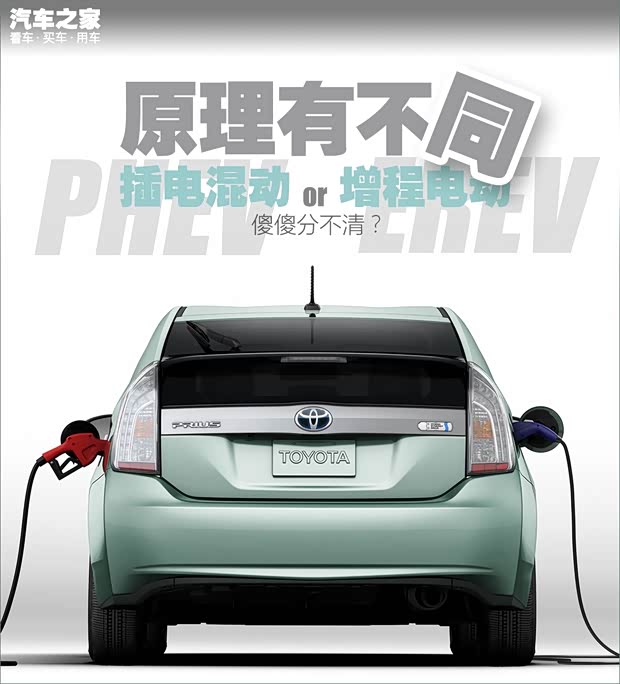
■ 60 seconds to understand the core point of the article
Both plug-in and extended-range electric vehicles belong to the category of hybrid power, and extended-range electric vehicles are included in plug-in hybrid power;
-In the state subsidy policy, plug-in hybrid products are subsidized, in other words, extended-range electric vehicles also enjoy dividends;
-Although it will enjoy subsidies, it will be used in some restaurants and will be restricted by the tail number.
● Is plug-in hybrid and extended-range electric the same thing?
In this era of light reading, we also stress the priority of conclusions. To be sure, plug-in hybrid and extended-range electric are not two naming methods of the same technology. In fact, there is a relationship between inclusion and inclusion between them. In a word, both brothers belong to the category of hybrid technology, and extended-range electric is included in plug-in hybrid. Since there is a difference, let’s take a look at it separately.
● Hybrid+external charging = plug-in hybrid?
-Who can you buy in the market?
Due to the current policy support, patent protection and other reasons, there are only a handful of hybrid models put into China by car companies, but the optional range of plug-in hybrid market in the middle segment is relatively large. China brand and joint venture brand also have layout in this market.
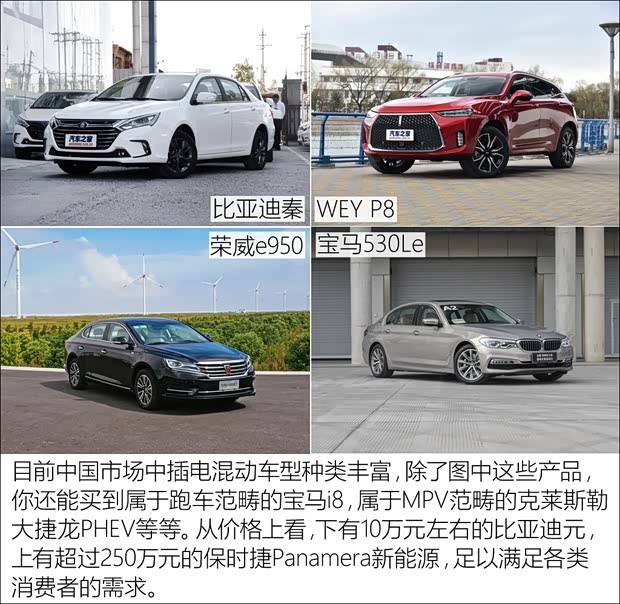
-What’s so good about it?
Plug-in Electric Vehicle (PHEV) can be seen from its name that it has the gene of hybrid vehicle. Therefore, like hybrid vehicles, its energy is provided by batteries and fuel, and its power is provided by motors and internal combustion engines. From the driving level, it is also between electric vehicles and fuel vehicles, that is to say, such products can be driven by pure electricity or by internal combustion engines.
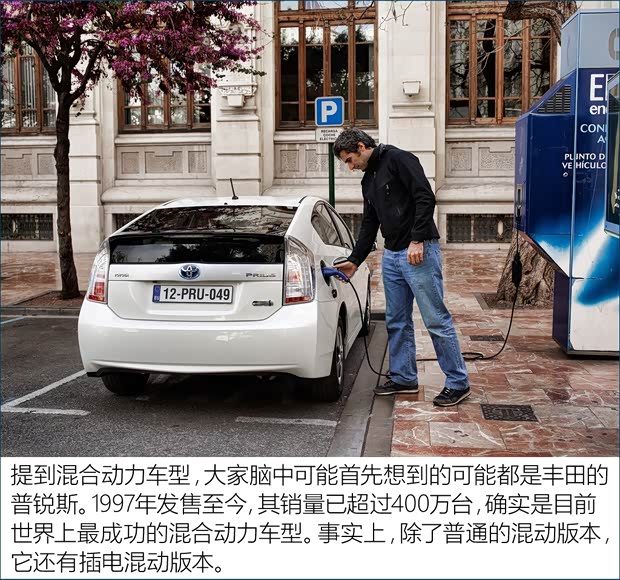
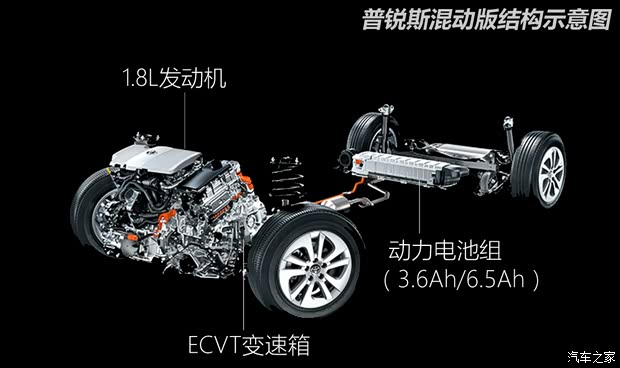
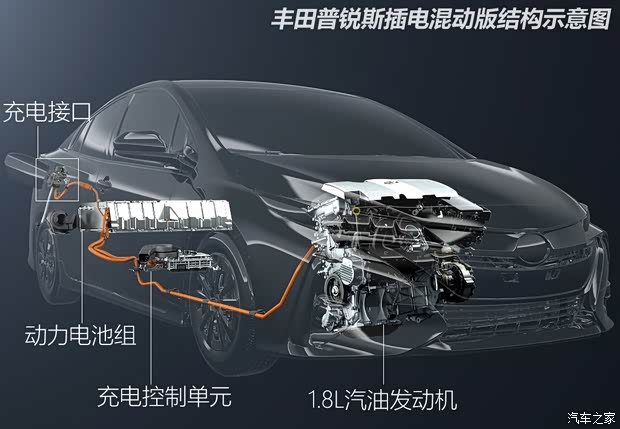
Compared with hybrid models, plug-in hybrid models have larger battery capacity, so pure electric driving is longer.If your car environment is mostly in the city, and the distance of each use is not long, and you have charging conditions, the use experience of plug-in hybrid vehicles will not be much different from that of pure electric vehicles.
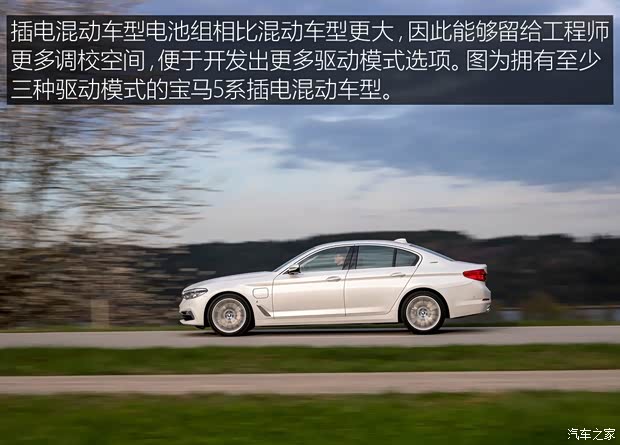
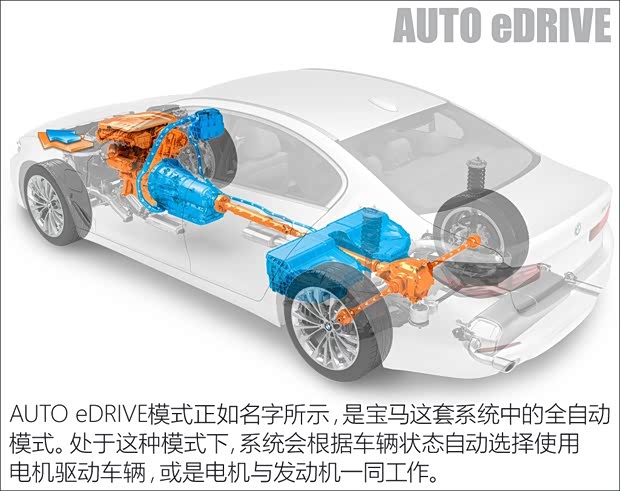
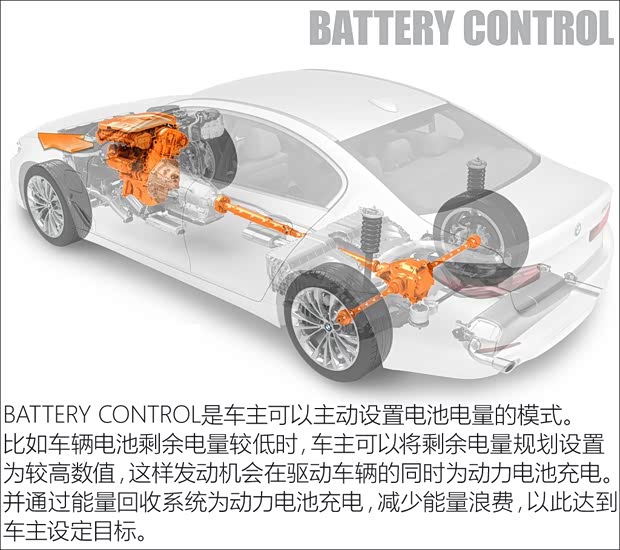
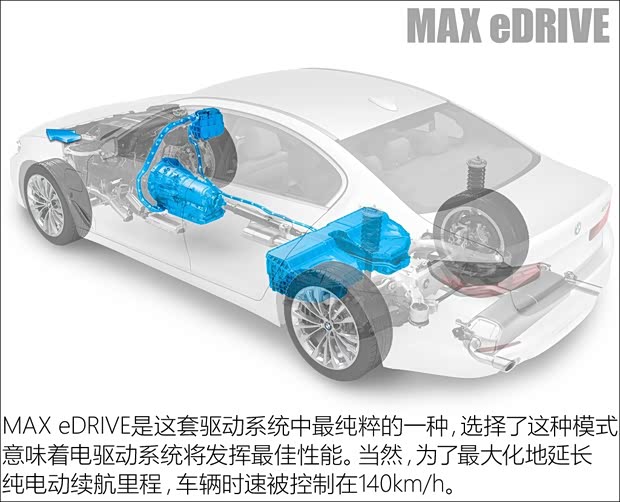
Of course, everything is a double-edged sword. As mentioned earlier, there are two driving forms, pure electric and internal combustion engine, which means that the drive and control systems of the two models should be integrated in the plug-in hybrid vehicle, so its structure is complex and its cost is relatively high. This is one of the reasons why the price of plug-in hybrid models on the market is slightly higher than that of fuel models.
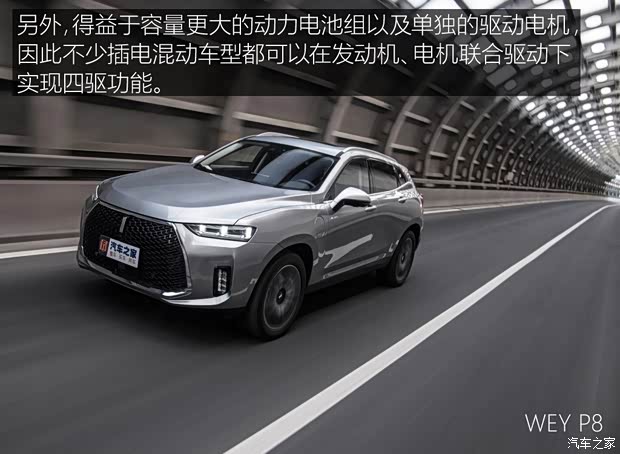
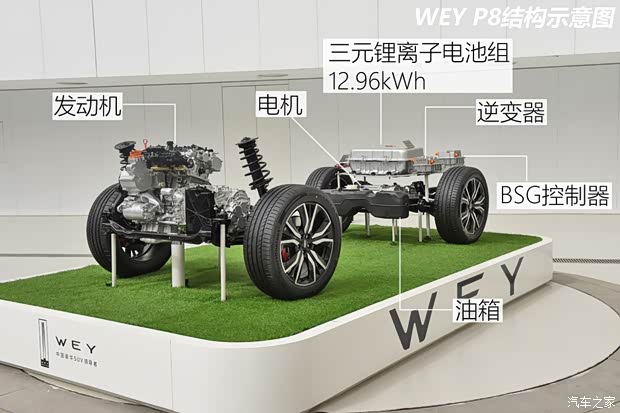
On hybrid vehicles, motors will be arranged in different positions according to different requirements. In some plug-in hybrid models, the motor will be arranged on the rear axle alone, and it can drive the rear wheel under some working conditions, thus realizing the four-wheel drive function. Of course, the purpose of this arrangement is more to improve the performance of vehicle handling and stability, and it is not its duty to complete the work of getting rid of difficulties in harsh conditions. Therefore, although plug-in hybrid is indeed like hybrid+external charging in structure, plug-in hybrid can undoubtedly provide more different driving experiences for car owners in terms of working mode and realization effect.

Click here for details.